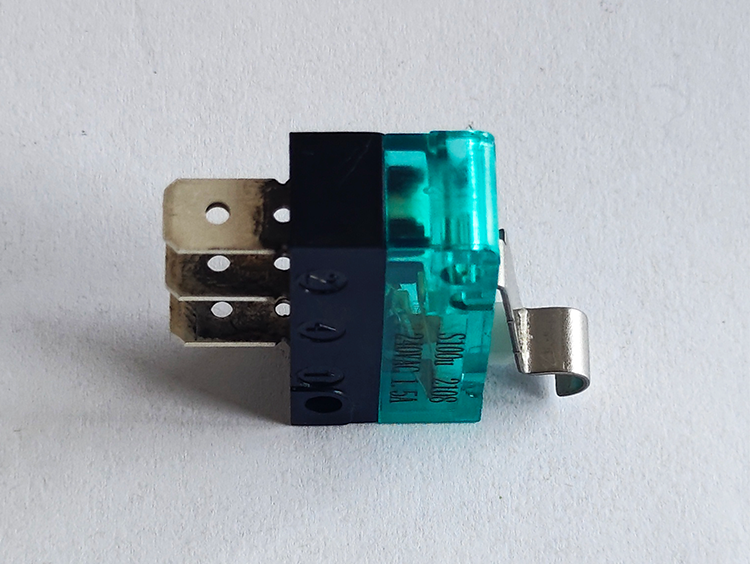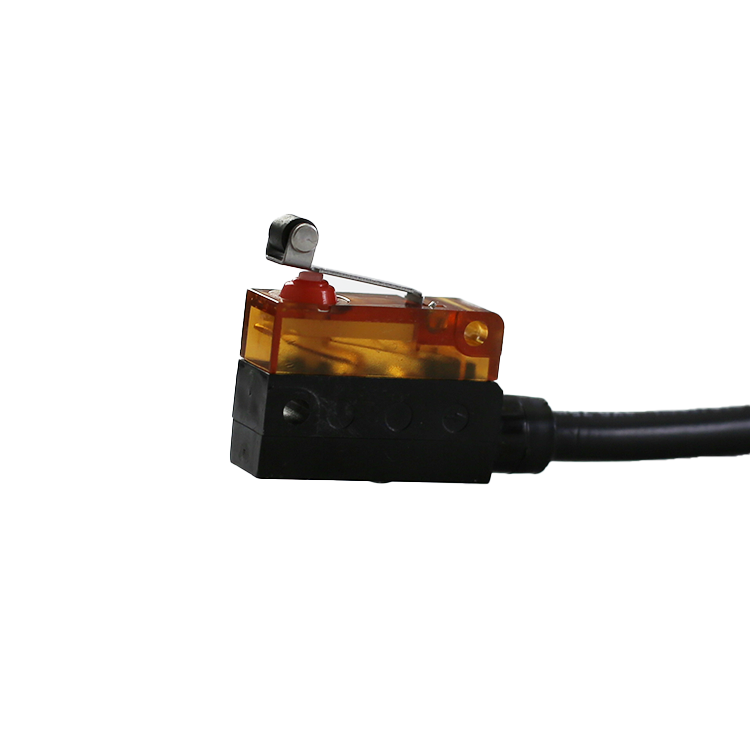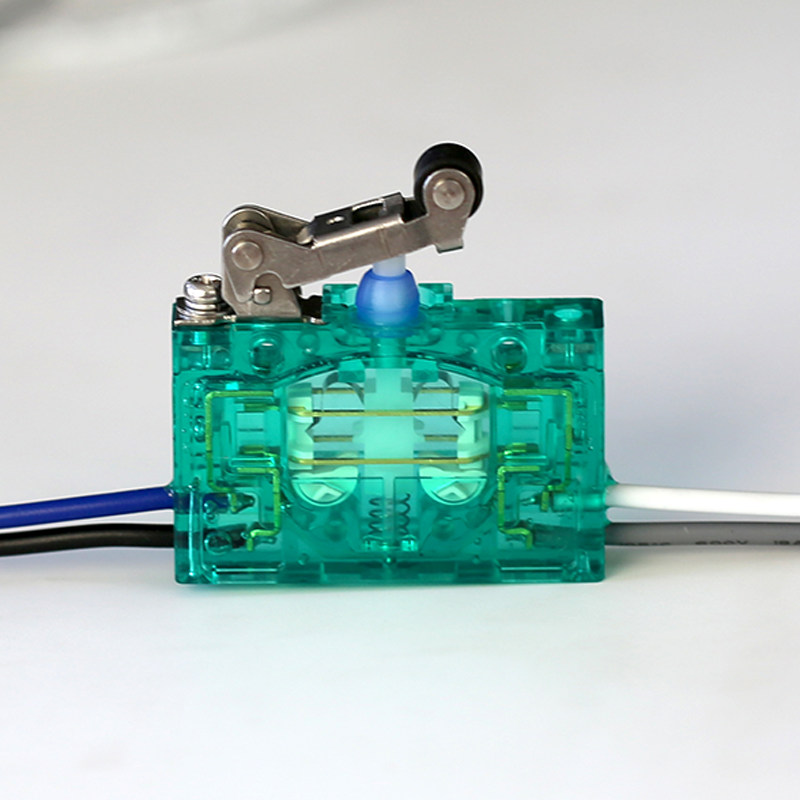

How to consider durability and reliability when buying microswitches?
Release time:2024-07-18
When purchasing microswitches, it is critical to consider their durability and reliability. To gain insight into how to ensure that the microswitch you select will meet your specific needs in terms of longevity and reliability, consider the following dimensions:
1. Determine the frequency of use:
High-frequency operation accelerates the wear and tear of microswitches and shortens their service life. Therefore, for applications with frequent operation, select a microswitch with a durable design.
Evaluate the expected number of operations and select a switch that meets the desired frequency of use.

2. Consider the operating environment:
Environmental conditions can have a significant impact on the performance of microswitches. Harsh environments such as high temperatures, high humidity, or corrosive gases can accelerate material deterioration and affect switch reliability.
Select microswitches with the appropriate level of protection, such as sealed or waterproof, to adapt to complex environments.
3. Evaluate the current load:
Select the appropriate microswitch based on the current load in the circuit design. Excessive current may cause the switch to overheat, affecting performance and life.
Conduct a current overload test to confirm the current range in which the switch can safely operate.

4. Ensure manufacturing quality:
High-quality manufacturing processes are key to ensuring the reliability of microswitches. This includes a series of quality control processes such as material testing, dimensional measurement and functional testing.
Select a manufacturer with a good manufacturing reputation and strict quality control.
5. Focus on operation and maintenance:
Proper operation and maintenance habits can significantly improve the life of a microswitch. These include light touch, regular cleaning, and avoiding violent operation.
Regular maintenance ensures proper functioning of contacts and mechanical parts.

6. Optimize mounting protection:
Proper mounting location and methods can reduce external damage to the switch. Use seals, dust and waterproof devices to protect the switch from the external environment.
Follow the manufacturer's installation guidelines to ensure proper installation of the switch.
7. Select quality products:
Quality microswitch products offer high mechanical stability and longevity. It is critical to select reputable suppliers and brands with reliable quality.
Before purchasing, conduct market research to select cost-effective products.

8. Understand switch characteristics:
Understanding the characteristics of the selected microswitch, such as action force, travel, contact spacing, and tacho mechanism, helps ensure that it meets the application requirements.
Depending on the specific requirements of the application scenario, such as high accuracy or high current, select a switch with the corresponding characteristics.
Overall, through the comprehensive consideration of the above dimensions, you can effectively evaluate and select durable and reliable microswitches to ensure that they perform stably in electronic equipment and meet the needs of long-term use.
1. Determine the frequency of use:
High-frequency operation accelerates the wear and tear of microswitches and shortens their service life. Therefore, for applications with frequent operation, select a microswitch with a durable design.
Evaluate the expected number of operations and select a switch that meets the desired frequency of use.

2. Consider the operating environment:
Environmental conditions can have a significant impact on the performance of microswitches. Harsh environments such as high temperatures, high humidity, or corrosive gases can accelerate material deterioration and affect switch reliability.
Select microswitches with the appropriate level of protection, such as sealed or waterproof, to adapt to complex environments.
3. Evaluate the current load:
Select the appropriate microswitch based on the current load in the circuit design. Excessive current may cause the switch to overheat, affecting performance and life.
Conduct a current overload test to confirm the current range in which the switch can safely operate.

4. Ensure manufacturing quality:
High-quality manufacturing processes are key to ensuring the reliability of microswitches. This includes a series of quality control processes such as material testing, dimensional measurement and functional testing.
Select a manufacturer with a good manufacturing reputation and strict quality control.
5. Focus on operation and maintenance:
Proper operation and maintenance habits can significantly improve the life of a microswitch. These include light touch, regular cleaning, and avoiding violent operation.
Regular maintenance ensures proper functioning of contacts and mechanical parts.

6. Optimize mounting protection:
Proper mounting location and methods can reduce external damage to the switch. Use seals, dust and waterproof devices to protect the switch from the external environment.
Follow the manufacturer's installation guidelines to ensure proper installation of the switch.
7. Select quality products:
Quality microswitch products offer high mechanical stability and longevity. It is critical to select reputable suppliers and brands with reliable quality.
Before purchasing, conduct market research to select cost-effective products.

8. Understand switch characteristics:
Understanding the characteristics of the selected microswitch, such as action force, travel, contact spacing, and tacho mechanism, helps ensure that it meets the application requirements.
Depending on the specific requirements of the application scenario, such as high accuracy or high current, select a switch with the corresponding characteristics.
Overall, through the comprehensive consideration of the above dimensions, you can effectively evaluate and select durable and reliable microswitches to ensure that they perform stably in electronic equipment and meet the needs of long-term use.
